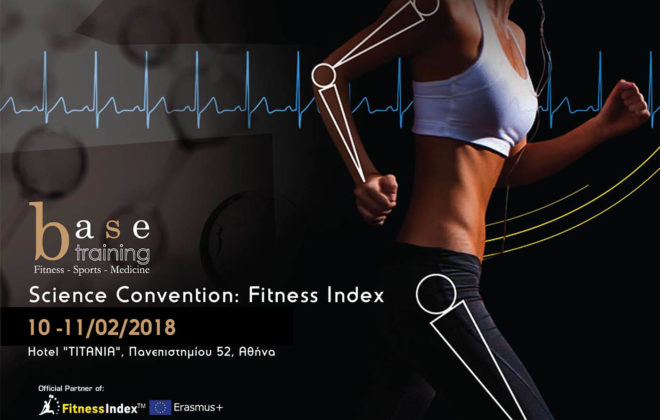3 simple steps to decision that we will stick to
Just remember how many times you have decided something in your life. It used to be small, almost irrelevant decisions, and it used to be big, so-called life decisions or milestone decisions. Some, of course, were easy to bring and some took a long time, sometimes even months or years. No matter what the decision is about, the decision-making process itself is similar. In simple, everyday decisions, the process is short, almost automatic or imperceptible, while in large and important decisions, the process is even complicated, very recognizable and present in our daily lives.
We know that the time around New Year is somehow a period characteristic of decision making. Those are New Year’s resolutions. Those talked about everywhere, people make some important decisions, turn a new page in their lives and try to take their lives to a higher, better level. This is especially evident in gyms and fitness centers. As the Christmas and New Year holidays end, as if everyone is quicker and better going to workout, buying annual memberships, complete equipment (there are low discounts, this opportunity cannot be missed), they experiment with different detoxes, diet regimens and the like. And how long does it last? Well, probably by mid-February. Then everything clears up and we wait for the boom again before the summer. Sounds familiar?
I don’t want it to turn out to be a true Grinch for New Year’s resolutions and decisions in general. On the contrary, I believe that a good decision can and must be made at any time. It could be some dull Tuesday in mid-July. So it doesn’t matter what time it is if a good and solid decision is made.
However, since many people still prefer the New Year period when it is ideal for decision-making, we make 3 very simple steps to make your decision solid and realistic and less likely to give up quickly.
- Stop
Before making a decision, it is important to literally stop and take a look at your current situation. This step is relatively short and prepares you for the next step. Take a look around and see where you stand, what is happening around you, and whether you need some change. Consider what you want to change, or what would make your life better and better and make you happier. These can be small decisions such as adopting a healthy habit or big life decisions such as moving, changing jobs, marriage and the like. Basically, it is important for any decision to pause, breathe, and evaluate what and how much you want.
- Think
This step is the longest and requires the most effort and time. It is important here to remain alert and not to be overwhelmed by idealizing the outcome of the decision or indulge in negative thoughts and fears. It’s a good idea to find the place of thought that works best for you. Choose the time and place of the day when you dedicate yourself to thinking. After that, consider if now is the best time to make a decision (although it’s New Year’s). Sometimes it’s just not the right time to make a decision. Look at the situation realistically and evaluate whether the best option is to start the action immediately or it is better to wait a bit and “prepare the field”. The simplest example is if, for example, you are trying to reduce / stop eating sweet or drinking alcohol, you do not have to make that decision immediately at any cost if you know that a pre-arranged birthday party, important birthday or the like awaits you for what day. Also, if your new decision is to exercise at the gym four times a week for an hour and you know that you have an important deadline that you have to meet at work and it is very likely that you will need to stay longer at work, modify that decision into a more realistic form, or postpone it for a reasonable time. Find out what are the relevant facts of the well-being of your decision for you. If everyone around you stops eating carbohydrates, that doesn’t mean it’s for you (or anyone else’s good option). Do a little research into what the relevant experts say. The fact that something is presented in the mass media, or rather imposed, as good and right, does not necessarily mean that it is true. Identify (and write down) what benefits your decision will have for you and how it will improve your life. Visualize yourself after some time of adhering to the decision. Recognize the emotions that arise at that moment, whether you are happy, excited, energized, or anxious, depressed, or angry. Listen to yourself and you will best evaluate whether you want that outcome, or whether that decision is right for you. Also, remember, the decision must be realistic! Do not set unrealistic goals and decisions, as this can only hurt you. Be aware of your options and current situation and make a decision accordingly.
- Go
Make a plan to adhere to the new decision. Make these smaller, realistic steps that you will take to make the decision as long as possible. Always remember why you made the decision and what you wanted to achieve. If that decision just hangs somewhere in the air, you will hardly stick to it. Be aware of your decision and do not let it be a stumbling block. It should help you to improve your life, not stifle it and reduce your confidence if you cannot adhere to the decision.
For all of you who made the New Year’s decision, try to see it through these three steps. All of you who are just planning to make a decision, take these three steps today and help yourself to truly make decisions this year and make the right change in your life that will become a part of your life that you will never even think about through the process of automation.





